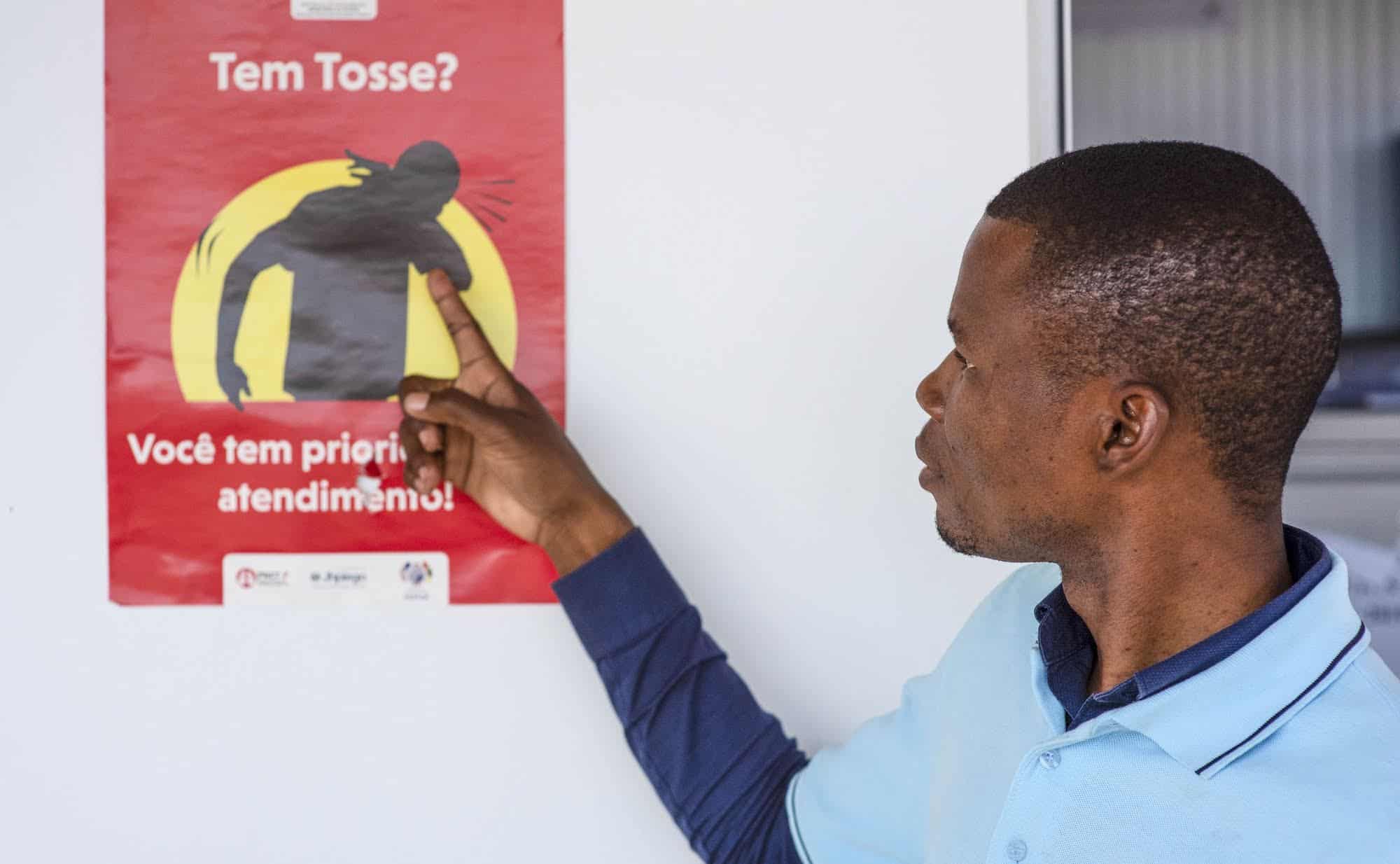Second UN General Assembly High-level Meeting on tuberculosis
Following the outcomes of the United Nations General Assembly’s second high-level meeting (UNHLM) on tuberculosis (TB) on September 22, APOPO is committed to redefining strategies for TB diagnosis.
The UNHLM focused on enhancing science and innovation to combat the global TB epidemic, underscoring the importance of equitable access to care and testing. The assembly evaluated the progress against the targets set in 2018 and acknowledged the challenges posed by the COVID-19 pandemic.
Building on the renewed global momentum the 2023 UNHLM on TB, alongside the WHO Director General’s Flagship Initiative, established new benchmarks. One standout goal requires that between 2023-2027, 100% of TB-diagnosed patients undergo initial testing with the WHO-recommended method, an increase from the earlier target of ≥90% by 2025.
Aligned with these global directives, APOPO remains committed to its innovative research initiative. Dr. Tefera Agizew, Head of APOPO’s Tuberculosis department, highlighted, “We’re pushing the boundaries of TB research, exploring how our rat-based diagnosis compares to WHO-recommended tests in African contexts. If our approach proves effective, we will introduce a more affordable and sustainable TB screening method, especially in high-risk areas.“

APOPO has become a global leader in unconventional, yet highly effective TB research, diagnosis, and prevention. Making use of the unique olfactory abilities of African giant pouched rats, APOPO has been able to detect TB in sputum samples with impressive accuracy. Our trained rats have screened hundreds of thousands of samples, particularly in regions where conventional diagnostic methods are either scarce or expensive. This innovative approach has allowed us to detect previously missed TB cases and prevent the spread of the disease by ensuring early detection and subsequent treatment.
UNHLM Declaration on TB: Key Highlights
Ambitious Targets
- The latest UNHLM declaration on TB sets the most aggressive goals so far in the TB fight, aiming to end TB by 2030.
Life-saving Treatment
- Commitment to provide treatment for up to 45 million people between 2023 and 2027.
- This includes up to 4.5 million children.
- It also focuses on up to 1.5 million people with drug-resistant tuberculosis.
Preventive Treatment
- Plans to offer preventive treatment to up to 45 million people.
- This covers 30 million household contacts of TB patients, including children.
- Focus also on 15 million people living with HIV.
Funding
- A commitment to increase global TB funding levels to more than four times the current rate, from $5.4 billion to $22 billion annually by 2027.
- The goal is to elevate this even further to $35 billion by 2030.
- Plans to secure this funding through domestic and international investments, innovative financing methods, and costed action plans.
Research & Innovation
- Pledge to allocate $5 billion annually by 2027 for TB research and innovation.
- This is a significant increase, quintupling the current investment from $1 billion per year.
- The aim is to foster the development of point-of-care diagnostics, vaccines for all TB types, and shorter, safer, and more effective treatment regimens.
With global eyes on sustainable TB solutions, APOPO’s initiative and global collaboration continue to make steps toward a TB-free world.
For more on the UNHLM’s objectives, read the World Health Organization’s documentation.

